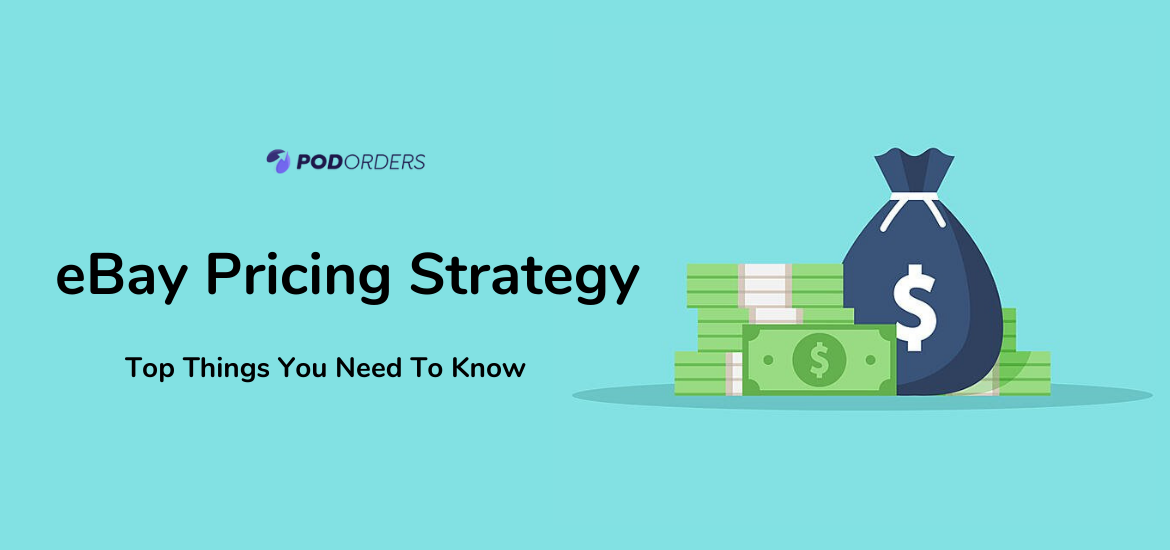When you’re an eBay seller, pricing your items becomes a strategic decision that can have a huge impact on your business. Everything from how much you charge for the shipping to bulk savings that entice bidders to purchase your product or service at a price that benefits you and them.
If you’re not using pricing strategies on eBay, then you’re leaving money on the table. And if you’re using the wrong ones, it’s probably costing you even more money than that. In this guide, we’ll take an in-depth look at eBay pricing strategy so that you can learn how to set the right price for your products and attract the right buyers. Let’s get started!
1. What is an eBay pricing strategy?
The term pricing strategy is used in different ways by different people, and that makes it difficult to define. We can agree on one thing, though: pricing strategies are about more than just prices. Businesses often consider things like customer satisfaction and brand loyalty when deciding on a pricing strategy.
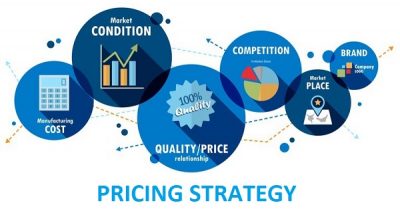
There are many factors that influence whether or not customers are satisfied with a price – promotions, shipping, product quality, customer service – and these all affect how much you can charge for your products. That said, finding an appropriate price point is still an important part of any business’ pricing strategy. To do so effectively involves understanding how your competitors price their products as well as market forces like demand and supply.
2. 2 Types of pricing strategy
There are two distinctive types of eBay pricing strategy – at a fixed price or as an auction. Regardless of whether you choose a fixed price or an auction, there are some common practices that can help maximize your return. Before offering your item for sale, think about your target market and how they will search for items like yours.
2.1 eBay Auction listings
Auctions are by far one of eBay’s most popular listing types. On eBay, sellers have three auction options: Best Offer, Auction with Buy It Now, and Auction. The first two involve bidding on an item, while the third allows buyers to purchase at one price (either determined by you as a seller or automatically) without competing with other bidders. You can also use scheduling tools to create custom listings that allow buyers more flexibility in terms of when they can purchase your product.
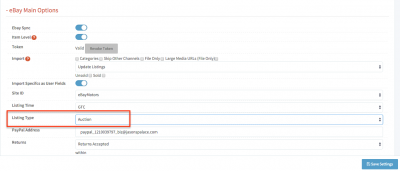
The benefits of an auction include higher visibility, more traffic, and greater flexibility, but there is also a significant downside because each auction listing requires additional work and requires constant monitoring as bids come in.
There are some following questions, you can ask yourself:
- How do you make sure your auctions stand out in a way that will attract bids?
- How can you prepare in advance for when bids start coming in?
- Do you try to undercut competitors with low opening bids or high shipping costs?
There are no hard and fast rules when it comes to optimizing your auctions for success, but there are ways that sellers like yourself have used successfully in the past.
For more information regarding eBay auction listings, click here.
2.2 eBay Fixed-price listings
With a fixed-price listing, you set a price for your item at your desired profit margin, and eBay takes a percentage of that sale as its fee. This can be an attractive option if you’re selling an item whose value isn’t likely to fluctuate much over time.
If supply is limited, many people are willing to pay significantly more than they would for something new at retail. So unless you think your item will sell quickly or that demand is stable enough that prices won’t fluctuate much before buyers snatch up your offering, don’t bother with fixed-price listings.
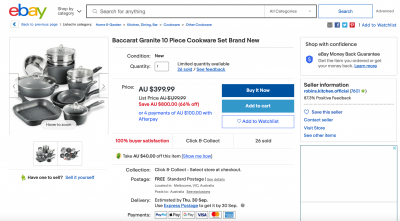
Fixed-price listings give buyers all of the information they need about your item in one place. Use eBay’s basic tools for setting up fixed-price listings or enlist a professional auction seller if you’re new to selling on eBay and just aren’t sure where to start.
In this case, there are several eBay pricing strategy, including competition-based, cost-plus, dynamic, freemium, high-low, hourly, skimming, penetration, premium, value-based, bundle, psychological, geographic.
3. Why knowing eBay pricing strategy is important?
Knowing how to price on eBay is essential for success. A successful eBay pricing strategy can help sellers fetch higher profits, boost sales and improve their overall selling performance. If buyers perceive that an item is overpriced, they may not buy it or decide against purchasing at all.
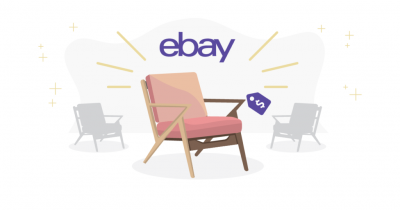
At best, your product will be ignored by potential buyers if it’s too expensive. At worst, it could land on the list of 15 Most Hated eBay Items. The good news is that there are 7 things you can do today to set a fair eBay pricing strategy for your products that will help grow your business with greater confidence.
4. 9 Ways to Calculate eBay pricing strategy
4.1 Use eBay’s pricing recommendation
eBay’s pricing recommendation feature is a handy tool that can help with your pricing strategy. You can use the price in a few different ways. First, set a suggested price for your item based on what you think is competitive within your market. Second, let eBay determine what they think is an appropriate price for your item based on their historical sales data from across their site.
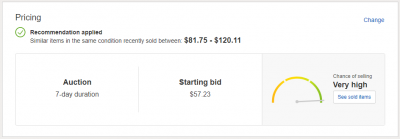
In most cases, their recommended price will be pretty close to fair market value and considered a good starting point when setting up an auction or fixed-price listing. For example, if you’re selling a new MacBook Air in electronics, eBay suggests pricing your item somewhere between $750 and $1,000. While it’s not mandatory, most sellers will follow these guidelines when setting their prices.
4.2 Use similar listings as a pricing guide
If your listings are in a competitive market, they may serve as a pricing guide for other sellers. By looking at your competitors’ prices, you can get an idea of what people are willing to pay for similar items. On the flip side, if there are no other listings that seem comparable to yours, it might be worth testing higher prices. Just remember that buyers will always be willing to go lower if they have another option.
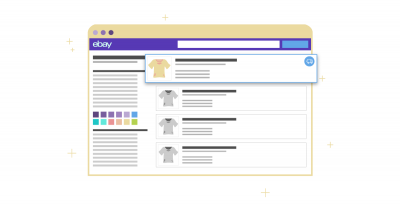
If your item is truly unique, don’t try lowering your price just because someone offered less. Instead, look at their feedback score and message them privately with an offer based on how much they paid so they aren’t aware of how much profit you could be making off their original purchase. You can also keep track of these competitor listings and check back in periodically to see if they change. It might be worth adjusting your prices based on these competitor changes.
4.3 Offer Bundle Deals
Package items together so that buyers are drawn in by multiple items. Think about creating bundles of products that are commonly purchased together. For example, if most buyers buy batteries and a flashlight at once, create a bundle deal featuring both products for a lower price than what each item would cost individually.
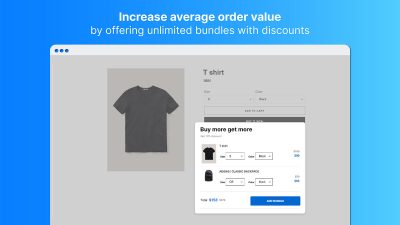
This is an effective strategy because it provides value for both sides. The seller gets more sales, and customers get their desired products at a lower cost. But be careful not to discourage buyers from buying one product without buying another. You can also encourage bundling with limited-time coupons or promo codes that expire after X number of uses, which encourages customers to use up all their credits on packages before they run out.
4.4 Leverage pricing psychology
Studies have shown that we’re hardwired to pay more for something when it’s placed at eye level and that we tend to believe items at a higher price point are of higher quality than their lower-priced equivalents. Knowing how pricing psychology affects our purchasing decisions is an important factor in creating a successful eBay pricing strategy.

Of course, sellers can also make use of other methods designed to subtly influence buyer behavior, such as changing listing designs or using words like limited or sale. As any seasoned online seller knows, there are many different strategies that can be effective when pricing products on eBay. Your strategy should take into account your target audience and desired profit margin.
Click here to learn more about employing pricing psychology to make more sales.
4.5 Avoid undercutting
It’s one of the most common pricing strategies on eBay, but it can also be one of the riskiest. When sellers undercut another seller’s price on an item, they’re essentially saying that they don’t believe their product is worth as much as someone else’s. This can lead to other sellers being unwilling to sell on your listing, because if theirs is better, why would anyone buy yours?

Similarly, buyers are likely to question why your item is so cheap compared with others. If you’re determined to use undercutting as a pricing strategy, make sure that your prices are still competitive and that quality isn’t compromised.
4.6 Decide whether to charge for shipping
One of our biggest pet peeves is when someone doesn’t charge for shipping and handling (S&H). Some argue that people are used to paying for shipping on eBay, so offering it for free is a good idea. Others will tell you that charging for shipping allows potential buyers to see your profit margin.
Before you determine your prices, determine whether or not you will include S&H in your pricing. This way, when customers add items to their cart, they’ll see exactly how much they will pay. Including S&H in your total price shows customers that you’re serious about sales and makes them more likely to buy from you than from a competitor who only lists item prices.
And let’s face it, we all know that many people just click through until they find a site that says free shipping, but then find hidden charges further down on the page.
4.7 Count your costs carefully
When determining your eBay pricing strategy, it’s important to first account for your costs. Costs like materials, labor, and shipping all play a role in how much your product is worth. The best eBayers are aware of what their product costs are so they can appropriately price their products based on demand.
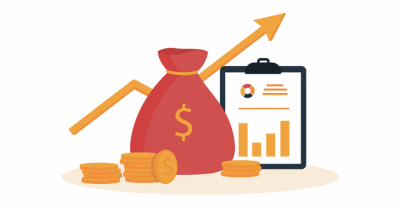
Your potential profit margin also plays a role in pricing strategy. If there are similar items available for sale with low-profit margins, or no profit margins at all, but yours has a high-profit margin, consider lowering your starting price accordingly. A good rule of thumb is a 15% profit margin per item sold.
4.8 Run Time-Limited Sales
These are limited-time discounts on products that come with an end date. For example, if you’re selling something with a Buy It Now price of $50, you might run a 50% off sale for 24 hours. This encourages shoppers to take advantage of your offer while it’s still available. But be careful not to create so much urgency that customers feel forced into buying now before it’s too late!

Running time-limited sales is also an effective way of building buzz around an upcoming product release by taking advantage of FOMO (fear of missing out). You can also build interest by using countdown timers on images within your listing, creating scarcity for visitors who don’t want to miss out on your product.
4.9 Use Fluctuating Price Models
With fluctuating pricing models, sellers set their own prices. The price of an item can increase or decrease during a sale or auction, depending on what someone is willing to pay for it. This type of eBay pricing strategy works best for items that are in demand but don’t necessarily have a high resale value, like trendy clothes, DVDs and other media, and toys.
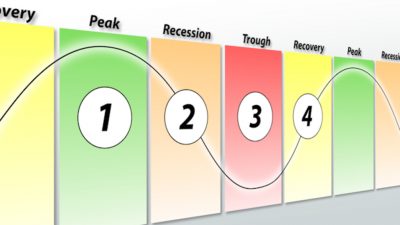
Items in fluctuating price categories usually have several different versions of each product being sold at different prices. For example, one seller might sell a red outfit with 20% off while another sells it for its regular price. Which model will work best for your item? You’ll have to experiment with both types of pricing models before deciding which suits your business model best.
5. Wrapping Up
If you are an eBay seller, you know that eBay pricing strategy is one of the most important things you need to master in order to have success on the site. After all, if your prices aren’t competitive, it doesn’t matter how many listings you have or how fast you ship – no one will be buying from you.
And yet, there are so many different factors that go into determining your eBay pricing strategy that it can be difficult to know where to start when putting together your plan. Hopefully, we have provided you the 7 most effective ways to calculate your eBay pricing strategy.
